Advances in materials and architecture could lead to silicon-free chip manufacturing thanks to a new type of transistor.
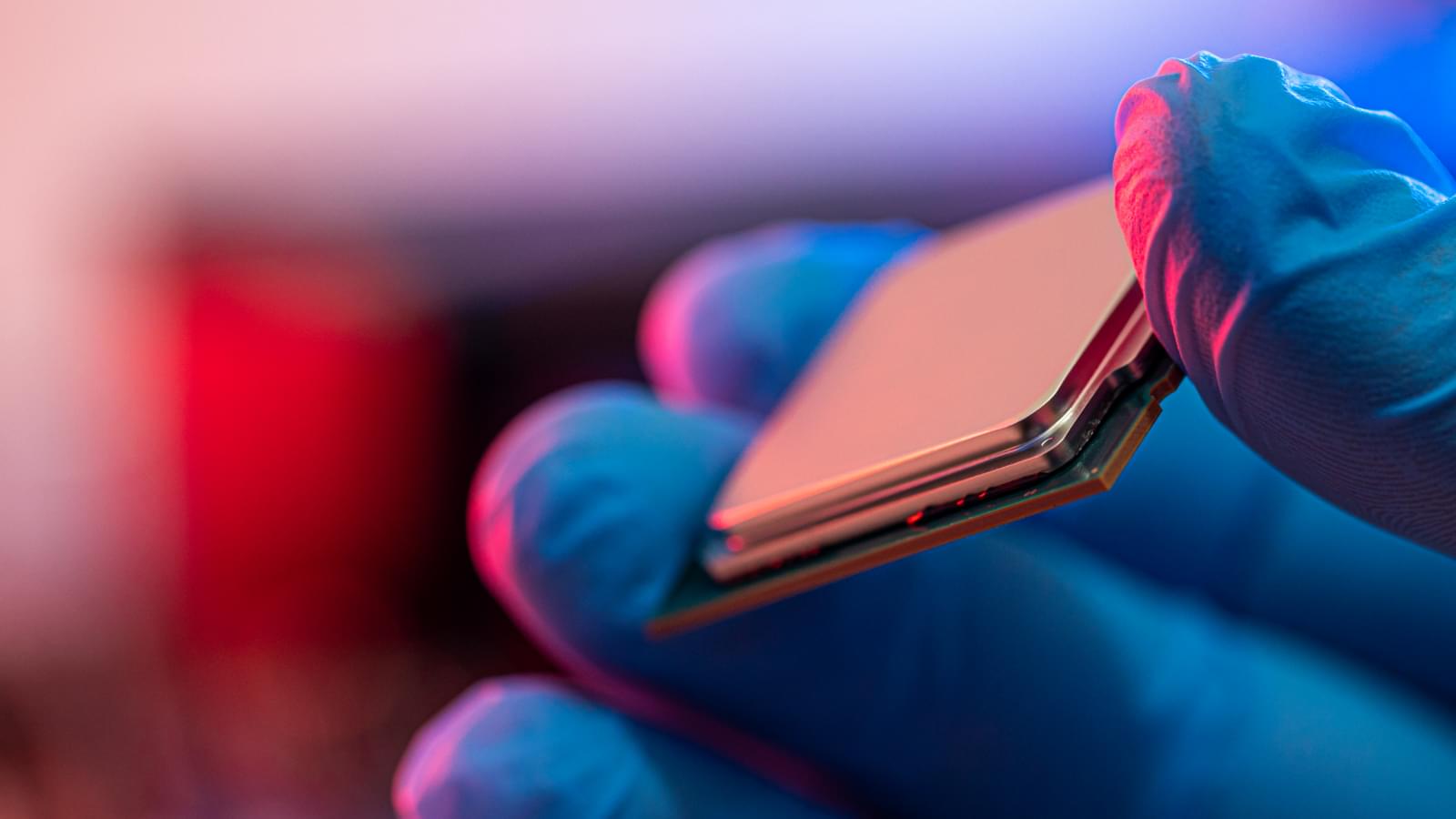


University of Pittsburgh School of Medicine scientists are one step closer to developing a brain-computer interface, or BCI, that allows people with tetraplegia to restore their lost sense of touch.
While exploring a digitally represented object through their artificially created sense of touch, users described the warm fur of a purring cat, the smooth rigid surface of a door key and the cool roundness of an apple. This research, a collaboration between Pitt and the University of Chicago, is published in Nature Communications.
In contrast to earlier experiments where artificial touch often felt like indistinct buzzing or tingling and didn’t vary from object to object, scientists gave BCI users control over the details of the electrical stimulation that creates tactile sensations, rather than making those decisions themselves. This key innovation allowed participants to recreate a sense of touch that felt intuitive to them.
In this talk, Klaus Mainzer explores the connections between the Leibniz’ Monadology, the structure and function of the brain, and recent developments in quantum computing. He reflects on the nature of complexity, intelligence, and the possibilities of quantum information technologies.
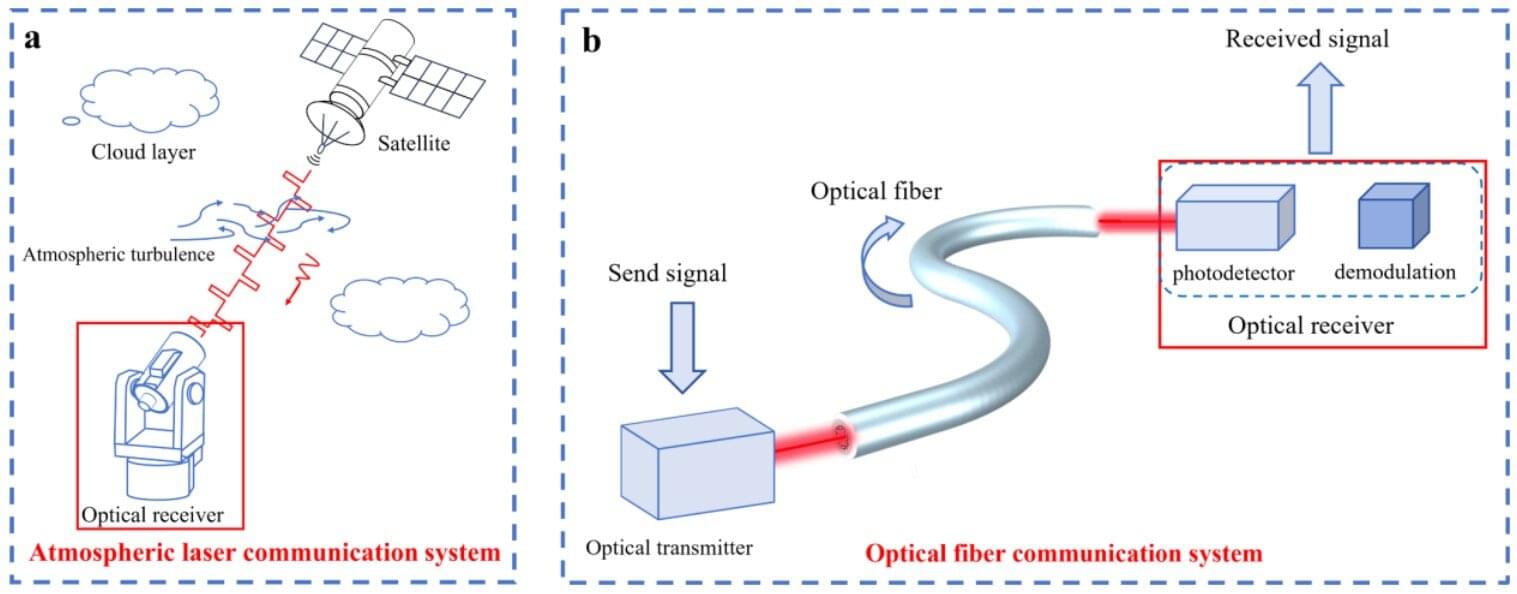
Polarization, along with intensity, wavelength, and phase, is a fundamental property of light. It enhances contrast and resolution in imaging compared to traditional intensity-based methods. On-chip polarization devices rely on complex four-pixel arrays or external polarizers.
Current solutions face two key challenges: limited spectral response in plasmonic and metasurface-based devices, and difficulty in simultaneously detecting the angle (AoLP) and degree (DoLP) of linear polarization in low-dimensional anisotropic materials. Achieving wide-spectrum, high-precision polarization detection remains a critical challenge in the field.
To address this, a research team led by Prof. Li Liang from the Institute of Solid State Physics, the Hefei Institutes of Physical Science of the Chinese Academy of Sciences, in collaboration with Prof. Zhai Tianyou from Huazhong University of Science and Technology, has developed a novel “torsion unipolar barrier heterojunction” device.
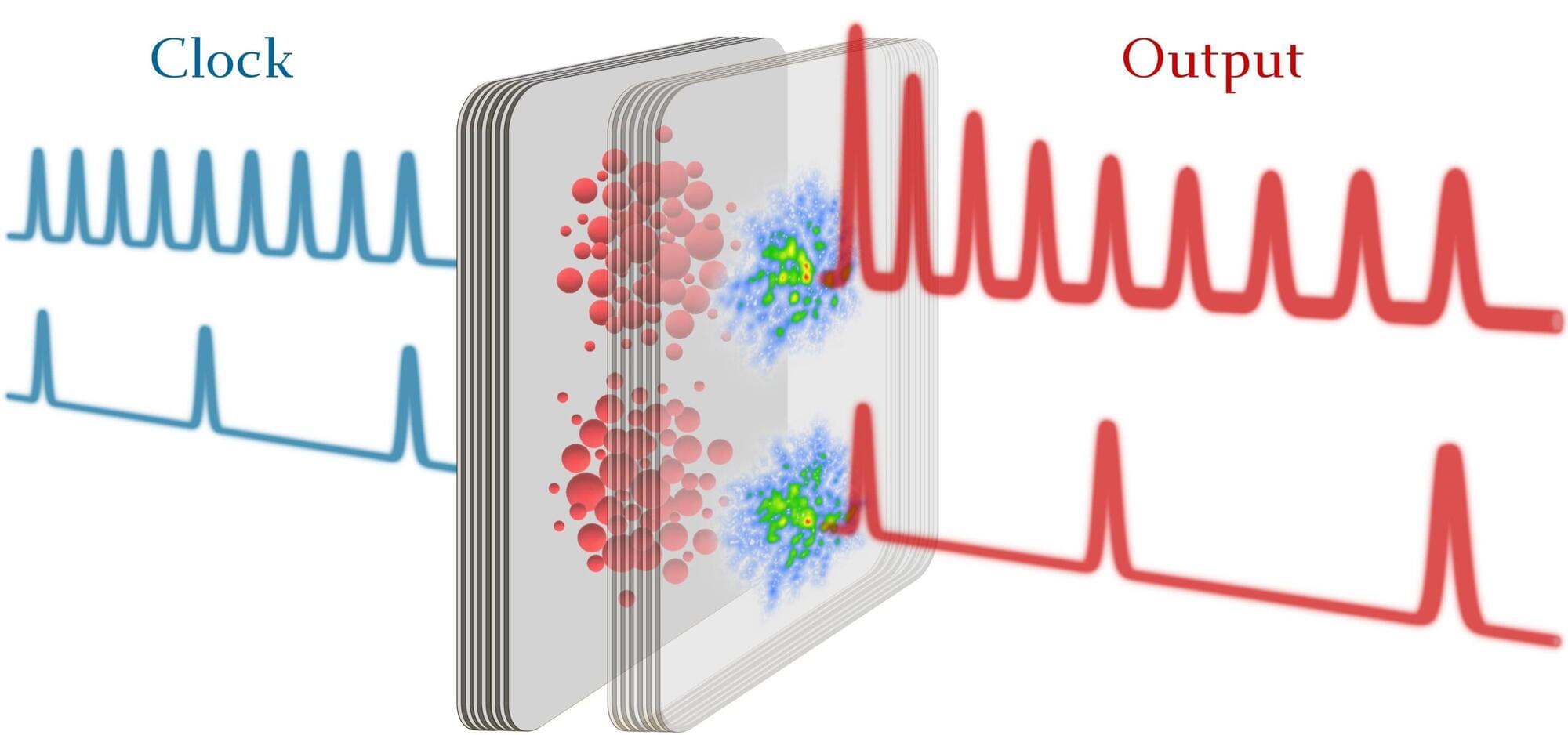
A research team from Skoltech and the University of Wuppertal in Germany determined that an all-optical universal logic gate that was previously developed at Skoltech can operate at a speed of 240 GHz at room temperature.
In an article published in the Physical Review B journal, the authors also examined what limits the time between successive polariton condensations by examining the effect of bimolecular quenching—it plays a key role in limiting the speed of transistors.
The Skoltech Laboratory of Hybrid Photonics, headed by Distinguished Professor Pavlos Lagoudakis, Senior Vice President for Fundamental Research at Skoltech and a laureate of the Vyzov Scientific Prize, continues its research project on how to speed up computing and computers with optics.

Everything related to the human brain and neuroscience has always been an area in which specialists have said that there is much to discover, learn and investigate. In fact, the generation of memory in human beings, memories, and the different diseases that are clustered around the CPU of the body have always been constantly evolving.
Now, Dr. Tomas Ryan of Trinity College Dublin, a neuroscientist who has explored the issues of brain learning by tracking the cells involved in this process, has found new findings suggesting that memory formation depends on the connections between groups of engram cells, neurons thought to capture and store distinct experiences.
In this new research, the experts indicate that each experience leaves a pattern of neuronal activation that can be activated later, which would mean the creation of a memory. To reach this conclusion, the neuroscientists tracked two sets of engram cells, each linked to a different memory.
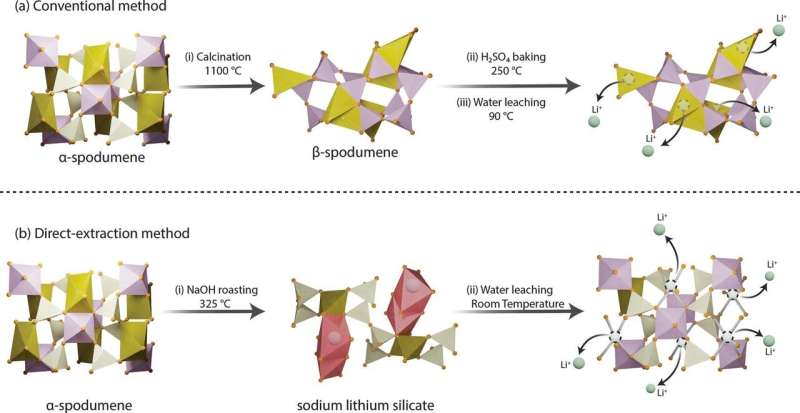
Lightweight lithium metal is a heavy-hitting critical mineral, serving as the key ingredient in the rechargeable batteries that power phones, laptops, electric vehicles and more. As ubiquitous as lithium is in modern technology, extracting the metal is complex and expensive. A new method, developed by researchers at Penn State and recently granted patent rights, enables high-efficiency lithium extraction—in minutes, not hours—using low temperatures and simple water-based leaching.
“Lithium powers the technologies that define our modern lives—from smartphones to electric vehicles—and has applications in grid energy storage, ceramics, glass, lubricants, and even medical and nuclear technologies,” said Mohammad Rezaee, the Centennial Career Development Professor in Mining Engineering at Penn State, who led the team that published their approach in Chemical Engineering Journal.
“But its extraction must also be environmentally responsible. Our research shows that we can extract lithium, and other critical minerals, more efficiently while drastically reducing energy use, greenhouse gas emissions and waste that’s difficult to manage or dispose of.”
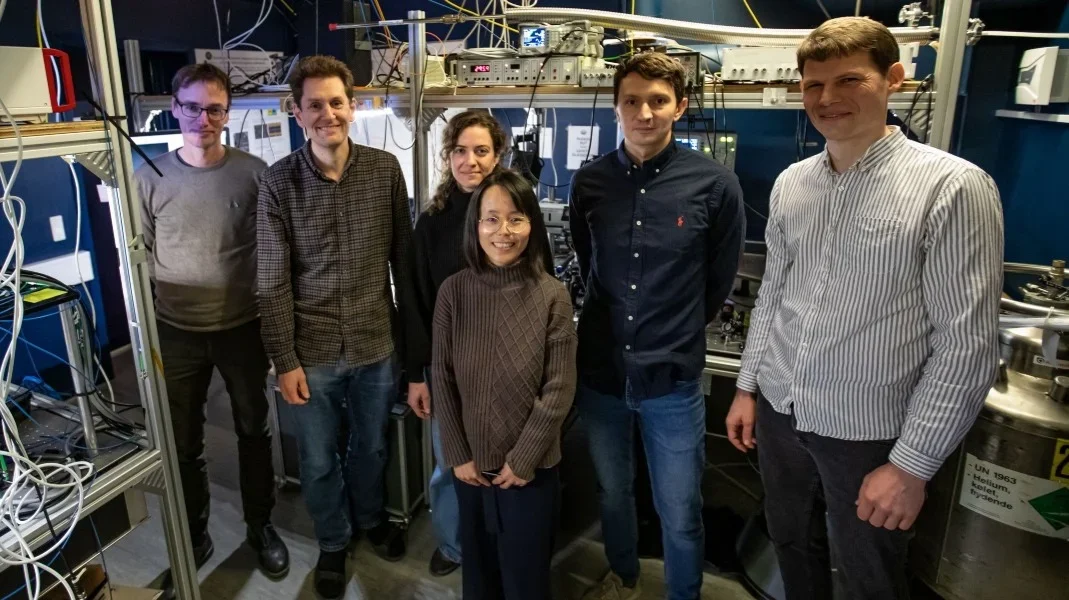
To those unfamiliar with quantum mechanics, the achievement might seem minor. Yet in the world of quantum research, this moment is transformative. With the ability to create quantum entanglement between two light sources, a host of commercial technologies could soon become reality.
Control over multiple quantum light sources forms the bedrock of quantum networks. Entanglement —where two light sources are linked, no matter the distance—remains a pillar of quantum physics. Without it, building fast quantum computers and developing next-generation encryption would stay out of reach.
The findings, recently published in Science, spotlight just how far the field has come. Researchers at the Niels Bohr Institute underscored the breakthrough’s major impact on the future of quantum technologies.
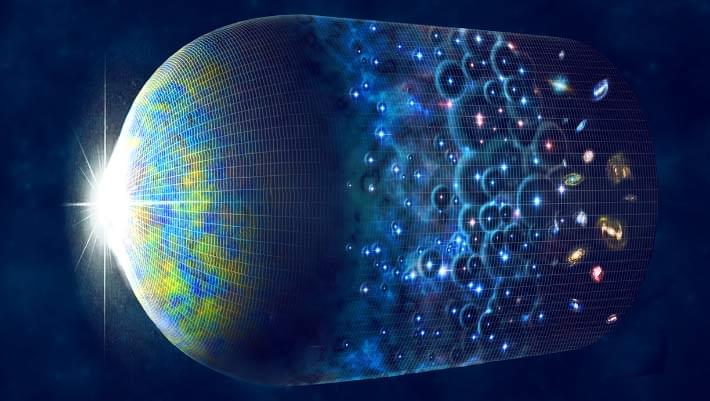
“My findings in this study fit with the thought that the Universe might work like a giant computer, or our reality is a simulated construct,” Dr. Vopson said.
“Just like computers try to save space and run more efficiently, the Universe might be doing the same.”
“It’s a new way to think about gravity — not just as a pull, but as something that happens when the Universe is trying to stay organized.”
The system was trained to decode words and turn them into speech in increments of 80 milliseconds (0.08 seconds). For comparison, people speak about three words per second, or around 130 words per minute. The system then delivered audible words using the woman’s voice, which was captured from a recording made before the stroke.
The system was able to decode the full vocabulary set at a rate of 47.5 words per minute. It could decode a simpler set of 50 words even more rapidly, at 90.9 words per minute. That’s much faster than an earlier device the researchers had developed, which decoded about 15 words per minute with a 50-word vocabulary. The new device had a more than 99% success rate in decoding and synthesizing speech in less than 80 milliseconds. It took less than a quarter of a second to translate speech-related brain activity into audible speech.
The researchers found that the system wasn’t limited to trained words or sentences. It could make out novel words and decode new sentences to produce fluent speech. The device could also produce speech indefinitely without interruption.